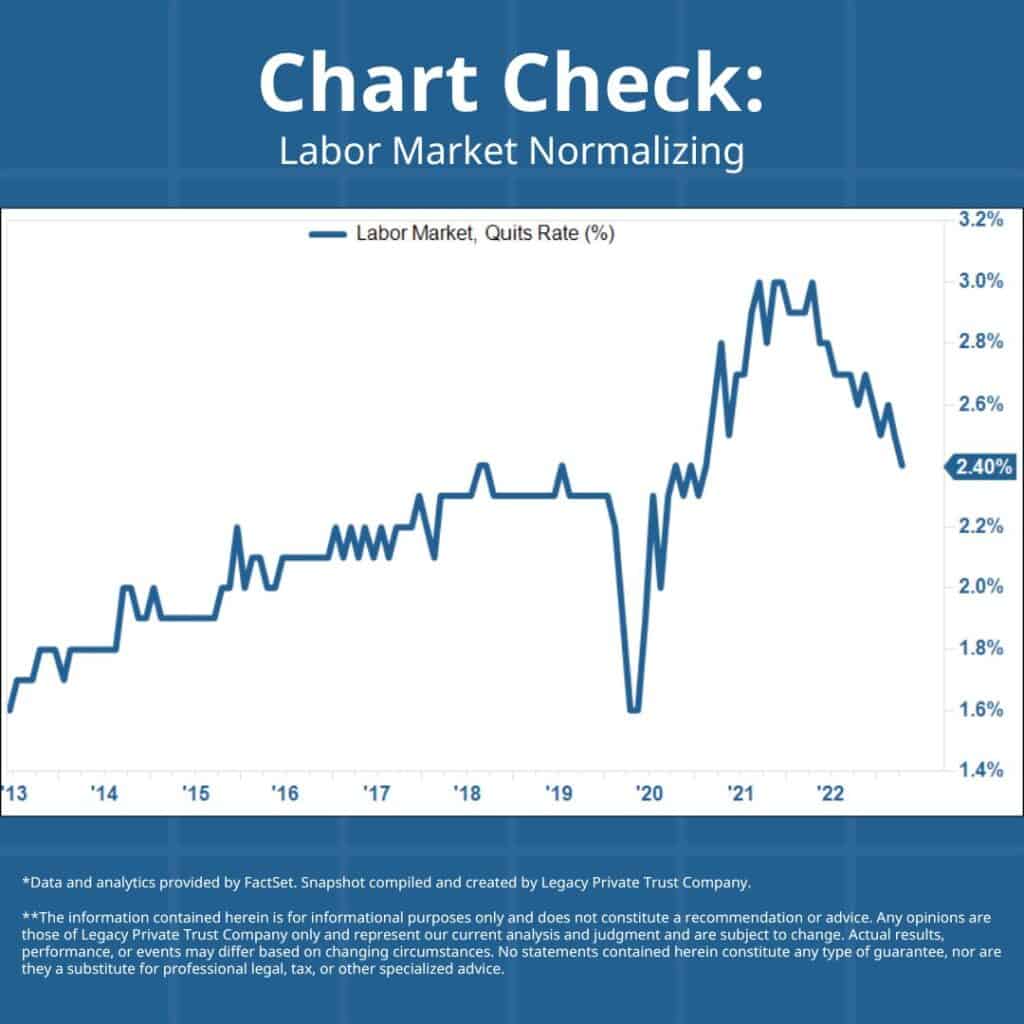Party City, a well-known retailer providing an array of party supplies, costumes, and decorations, has officially filed for bankruptcy protection in a move that underscores the ongoing challenges faced by traditional retailers in a changing economic landscape. This announcement signals another chapter in the struggle of a brand that, for decades, has been synonymous with celebrations and special events.
Founded in 1986, Party City quickly rose to prominence, offering consumers a one-stop shop for all their party-related needs. With a vast inventory ranging from balloons to tableware and seasonal costumes, the chain became a favorite destination for parents planning birthday parties, hosts of holiday gatherings, and anyone celebrating a special occasion. However, in recent years, Party City has encountered a series of financial hurdles that have ultimately led to its bankruptcy filing.
The retail environment has changed dramatically over the years, with the rise of online shopping and evolving consumer preferences altering how people plan and shop for celebrations. Many customers now turn to e-commerce giants for convenience, often seeking out specialized online stores that offer niche products. As a result, Party City has struggled to maintain its market share against formidable competitors, leading to declining sales figures and increased store closures.
In addition to shifts in consumer behavior, Party City has also been grappling with broader economic challenges, including rising inflation and supply chain disruptions that have affected many retailers. During the COVID-19 pandemic, the company initially saw a surge in demand for party supplies as families adapted to celebrating at home. However, this temporary spike was not enough to stabilize finances in the long term as the pandemic’s impact continued, leading to mounting debts and operational difficulties.
The bankruptcy filing allows Party City to restructure its debt and assess its store operations. In the process, the company indicated that it plans to shut down a portion of its underperforming locations while focusing on improving its online presence. The retailer aims to streamline operations and realign its inventory to better suit current consumer trends. While this restructuring process may help Party City regain its footing, there remains uncertainty regarding which locations will close and how many jobs might be affected.
In recent months, the company has made several attempts to revitalize its brand, including introducing new product lines and launching marketing campaigns aimed at attracting customers back into stores. Despite these efforts, the financial strain became untenable, prompting the decision to seek bankruptcy protection. Furthermore, analysts in the retail space have indicated that many brick-and-mortar retailers are facing similar struggles in the face of increasing competition from online platforms and shifting consumer habits.
While the bankruptcy filing will have immediate effects on Party City’s operations, it also raises broader questions about the future of traditional retail. The landscape of retail continues to evolve rapidly, with many companies emphasizing the need for omni-channel sales strategies that seamlessly integrate both physical storefronts and online shopping. For Party City, the challenge will be to navigate these changes effectively and find a sustainable path forward that aligns with contemporary shopping habits.
The company’s decision to file for bankruptcy is emblematic of a larger trend affecting numerous retailers across various sectors. Businesses that once thrived on high foot traffic and in-store shopping are now testing new models in order to survive. Whether these adaptations will prove to be successful remains uncertain, as the retail industry continues to grapple with the fundamental shifts brought about by technology and changing consumer behaviors.
As Party City embarks on this restructuring journey, stakeholders—including employees, suppliers, and shareholders—will be watching closely to see how the company navigates its challenges. The outcome of this process could set a precedent within the industry regarding how traditional retailers adapt and evolve in a rapidly changing marketplace.
Regardless of the outcome, Party City’s situation serves as a reminder of the ongoing metamorphosis within the retail landscape. As the company works to define its path forward, the impact of its decisions will resonate not only within its stores but also across the retail sector as a whole.


